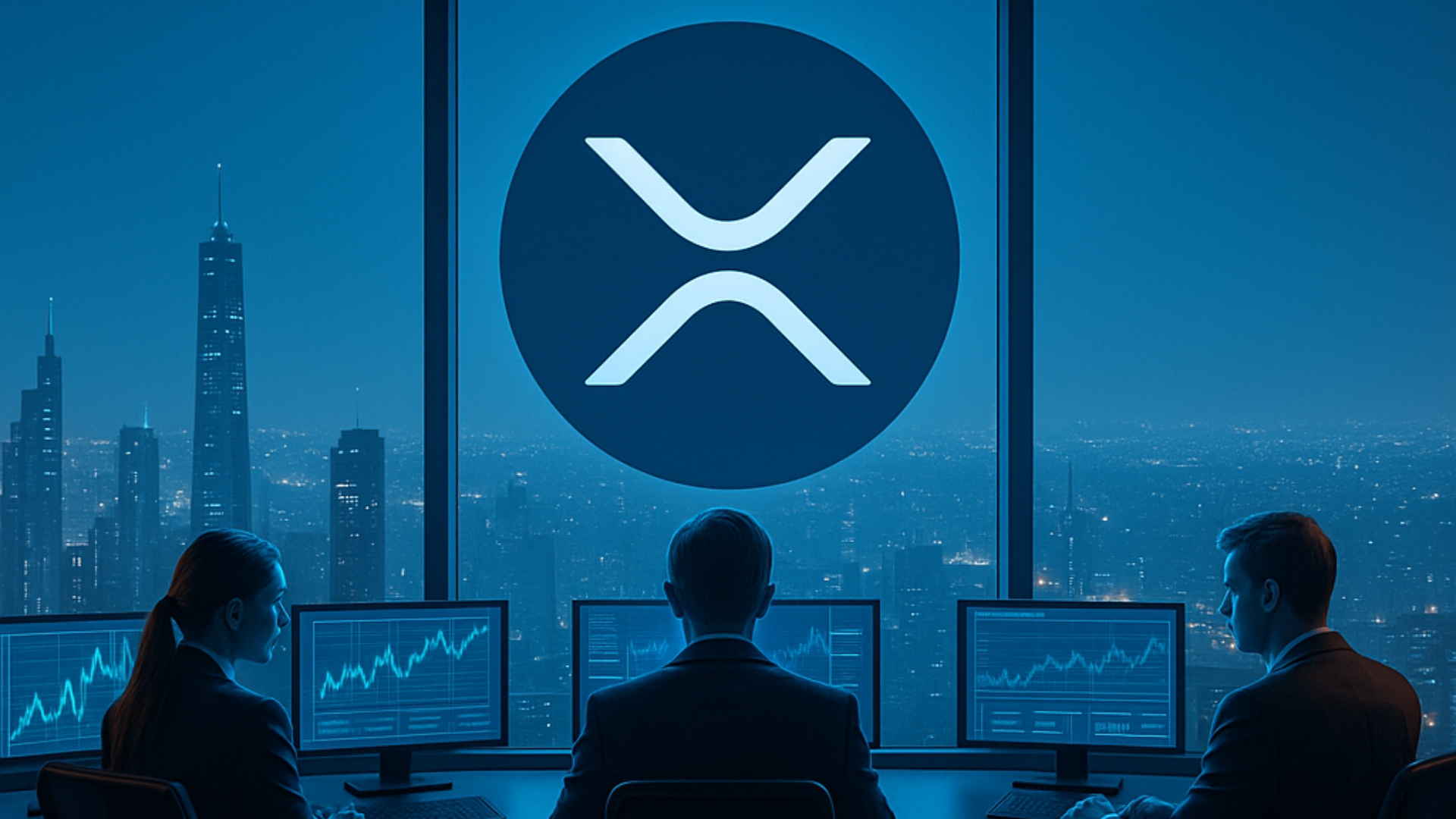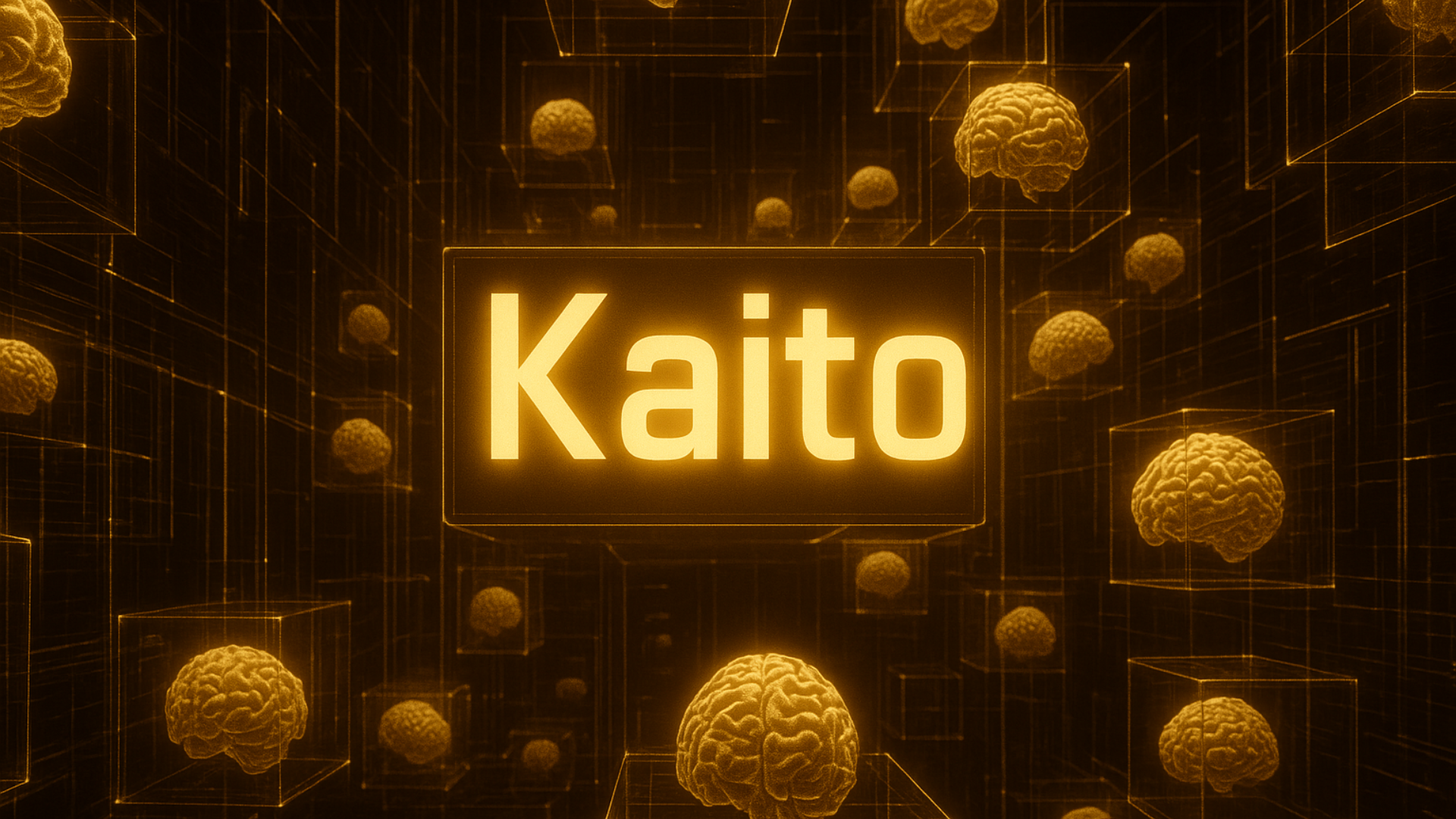
Stablecoins have become a cornerstone of the digital asset ecosystem, facilitating seamless transactions between traditional finance and blockchain networks. In 2024, stablecoin transaction volumes reached $15.6 trillion, surpassing 119% of VISA and 200% of Mastercard’s annualized volumes, according to ARK Invest. Despite their growing adoption, concerns around transparency, security, and regulatory oversight have persisted—until now.
MiCA: Establishing a Clear Regulatory Framework
The European Union’s Markets in Crypto-Assets Regulation (MiCA) has introduced a comprehensive framework designed to regulate stablecoin issuance, enhance consumer protection, and ensure financial stability. By creating a level playing field for digital assets, MiCA aims to bolster institutional trust and promote compliant, transparent stablecoin providers.
Coming into effect in 2024, MiCA establishes stringent financial and operational requirements for stablecoin issuers, ensuring only trusted and compliant entities can operate in Europe. The regulation mandates:
- Regulatory Approval: Stablecoin issuers must hold an Electronic Money Institution (EMI) license or operate as a recognized financial institution.
- Full 1:1 Reserves: Every stablecoin must be fully backed by high-quality, liquid financial reserves.
- Independent Custody: Reserve assets must be separate from an issuer’s own assets, ensuring full redeemability.
- Transparency & Audits: Issuers must provide regular reports, financial disclosures, and undergo independent audits.
- No Interest Payments: MiCA-compliant stablecoins cannot offer interest or yield, preserving their function as a payment medium rather than an investment vehicle.
Why Regulation Matters
MiCA’s oversight ensures that only regulated, responsible issuers remain operational in Europe, fostering trust in the stablecoin market. Historically, the lack of regulatory clarity in digital assets led to market uncertainty, opacity, and risk exposure for businesses and investors. With MiCA in place, unregulated stablecoins will no longer be permitted in the EU, reducing systemic risks and ensuring market integrity.
Businesses and institutions should prioritize regulated stablecoins for transactions, as compliance provides key advantages:
- Legal Security: Regulated stablecoins comply with strict financial and operational standards, allowing businesses to transact with confidence.
- Market Stability: Full asset backing and independent audits minimize risks, making stablecoins a predictable, stable digital asset.
- Institutional Trust: Compliance with European financial regulations reassures corporate clients, regulators, and financial institutions, driving institutional adoption.
The Importance of Jurisdiction and Banking Infrastructure
The jurisdiction of a stablecoin issuer plays a crucial role in its credibility and financial strength. The Netherlands, for instance, is among the few AAA-rated banking countries in Europe, known for its financial stability and regulatory rigor. Stablecoins issued by EMIs with Tier 1 banking relationships ensure that reserves are held with trusted financial institutions, mitigating risk and ensuring liquidity.
Benefits of AAA-rated banking jurisdictions include:
- Funds safeguarded in highly liquid, top-tier institutions.
- Stronger reserve management and institutional trust.
- Seamless fiat on/off ramps to minimize de-pegging risks.
- Scalability and liquidity for large-scale transactions.
To enhance financial security further, stablecoin issuers can structure reserves within independent, governed foundations, ensuring full asset protection in the event of issuer financial difficulties.
The Future of Stablecoins in Europe
The message from regulators is clear: only regulated, transparent, and fully backed stablecoins will be permitted under MiCA. This new regulatory landscape will drive higher institutional adoption, ensure stronger financial protections, and solidify stablecoins’ role in the future of digital payments.
As Europe moves forward with MiCA’s implementation, the stablecoin industry will transition into a new era of trust, security, and long-term viability.



























































































































































































































































































































































































































































































































































































































































































































































































































































































































































































































































































































































































































































































































































